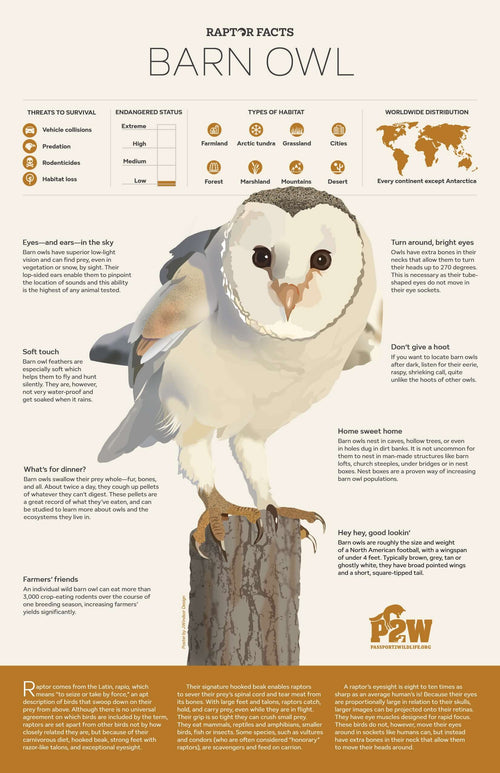No Products in the Cart
Bat Anatomy & Senses: How Bats “See” in the Dark

The Marvel of Bat Wings
Bats aren’t birds, and they’re not rodents either—they’re mammals with one of nature’s most incredible flight designs. Their wings are actually hands, with skin stretched between long, thin finger bones. This structure gives them amazing flexibility and control mid-flight—think of it like flying with your hands open wide!
The thin membrane (called the patagium) covering the bones is packed with sensitive receptors that help bats detect air currents. Some species can even feel the movement of insects with their wing membranes. Their lightweight bones and strong chest muscles make them agile flyers that can swoop, dive, and hover with incredible precision.
Fun fact: The word “Chiroptera,” the scientific order for bats, means “hand-wing” in Greek!
Echolocation: Seeing with Sound
Now for the coolest part—echolocation, nature’s built-in sonar system. Many bats emit high-frequency sounds through their mouth or nose, far above what humans can hear. When these sound waves hit an object (say, a moth or a tree branch), they bounce back as echoes.
By listening carefully to these echoes, bats can build a mental 3D map of their surroundings in complete darkness. They can tell how far away something is, how fast it’s moving, and even what texture it has—just by listening!
Here’s how it works in simple steps for your students:
- The Call: The bat makes a sound (ultrasonic call).
- The Echo: The sound bounces off nearby objects.
- The Brain Map: The bat’s brain interprets the returning echo to “see” where things are.
It’s the same principle that submarines and sonar technology use—but bats mastered it millions of years before humans ever thought of it.
Fun fact: Some bats’ echolocation calls can reach frequencies of 120,000 Hz (humans hear only up to 20,000 Hz)!
Eyes, Ears, and Noses that Work Together
Even though they’re famous for echolocation, bats aren’t blind. Many fruit bats, for example, rely on their large, forward-facing eyes and keen sense of smell to find ripe fruit at night.
Their ears are equally impressive—often oversized, shaped to capture faint echoes, and movable like tiny radar dishes. Insect-eating bats can detect a mosquito’s fluttering wings several meters away. Combined with their sharp hearing, flexible wings, and quick reflexes, bats become master hunters of the night sky.
🧩 Classroom Connection
Try this fun classroom experiment to demonstrate echolocation:
- Have one student be the “bat” (blindfolded) and another be the “moth.”
- The “bat” says “ping!” while the “moth” claps softly from somewhere nearby.
- Each time, the “bat” tries to move closer, using only sound.
It’s a playful way to help kids understand how bats navigate using echoes.
You can also connect this to STEM learning by discussing how humans use sonar and radar for navigation and scientific exploration—bridging biology and physics together in one engaging lesson.
🛠 Product Spotlight: OBDK Wildlife & Nature Posters
If you’re teaching about animal anatomy or sensory adaptations, OBDK’s Wildlife & Nature Posters make a beautiful classroom addition. These visually rich prints (featuring species like owls, prey, and forest habitats) can help students compare how nocturnal animals like bats and owls have evolved different ways to “see” at night.
Displaying these side by side sparks discussion about adaptation, evolution, and sensory biology—key STEM connections for curious young learners.
Find them under the Nature & Wildlife section at obdk.com.
🧠 Teacher Takeaway
From the tips of their wings to their ultrasonic calls, bats are built for the dark. Their anatomy reveals a masterpiece of adaptation—showing how life finds creative ways to thrive where light fades.
By sharing these facts and simple classroom demos, you can help students appreciate bats not as spooky creatures, but as the amazing navigators of the night they truly are.




